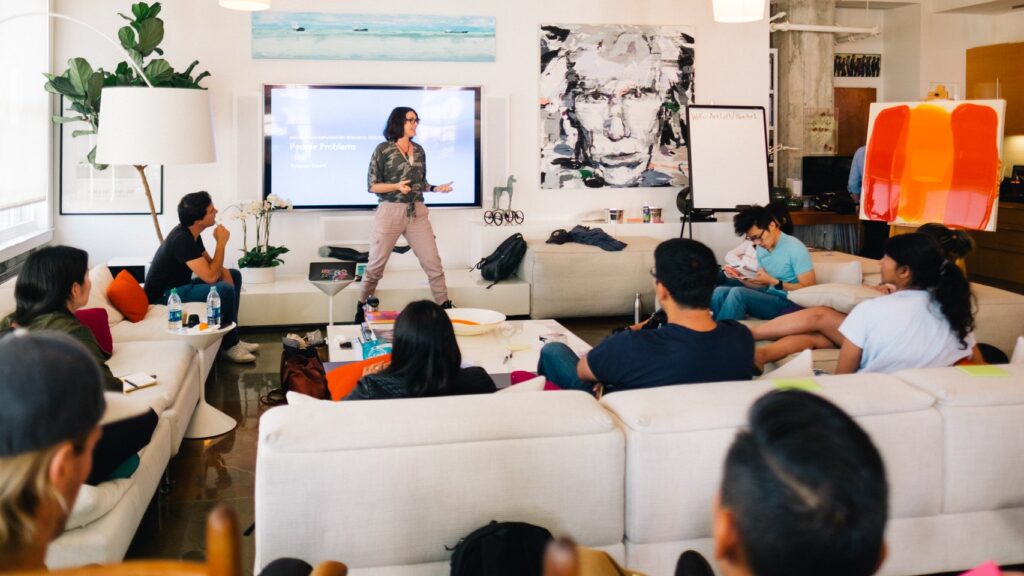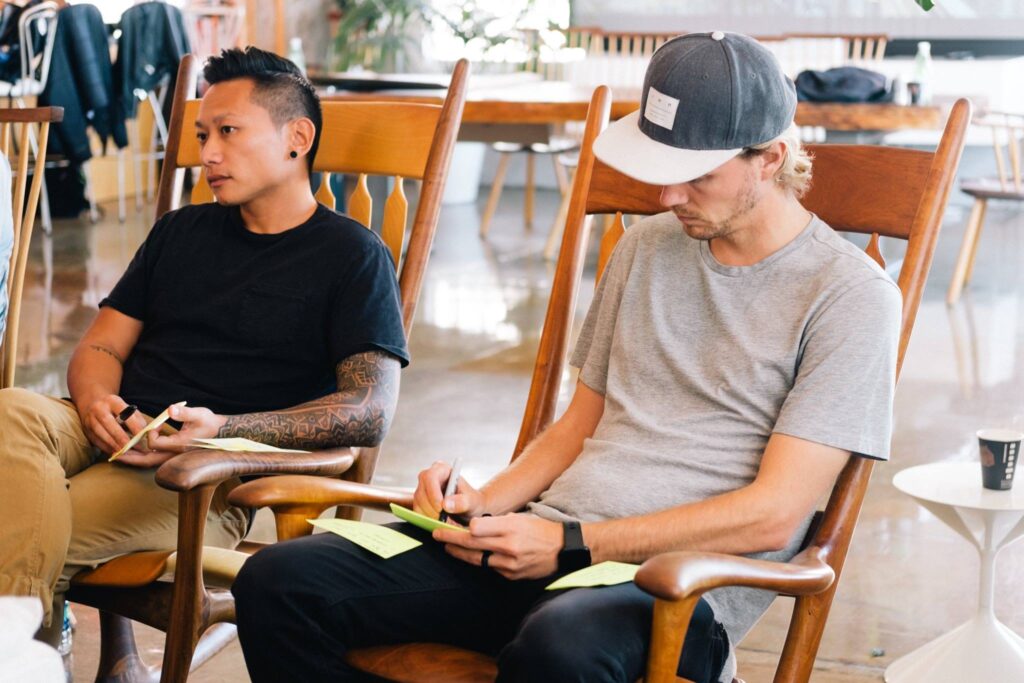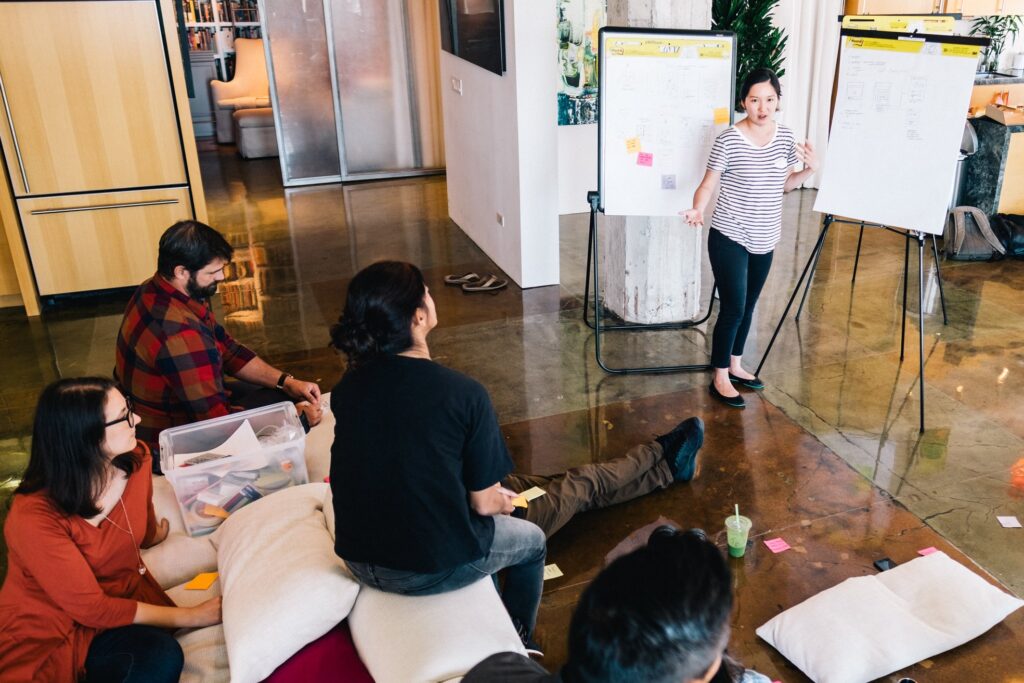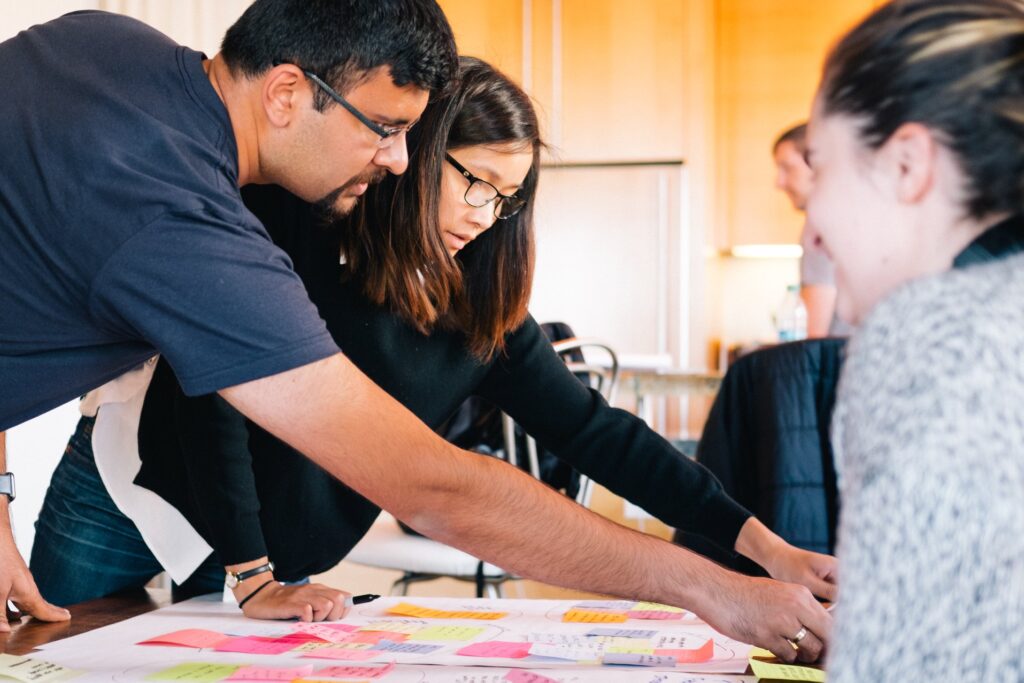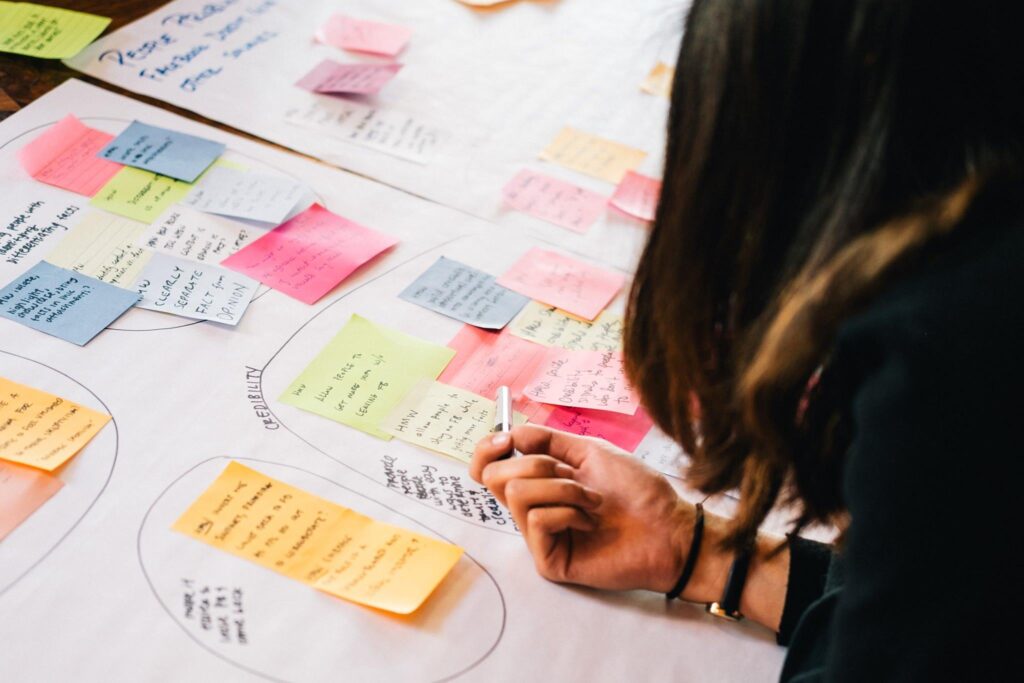As a collaborative design group from various teams (News Feed Integrity, AI, Misinformation, Stories, Public Conversations, and a couple more) we were looking to develop a north-star product vision in order to empower users with tools (context, information, design cues) so they know what to trust on Facebook.
A select part of the group went on a research trip covering different demographics (political leanings from right to moderate left, urban vs rural, multiple age categories) before the design sprint in order to help uncover a set of prioritized problems to go after.
The research was focused on:
- Information processing and evaluation: How people figure out how to trust information?
- Self-awareness and diversity: Do people understand if their network is biased?
- Controls: What level of controls people want to see/have?
